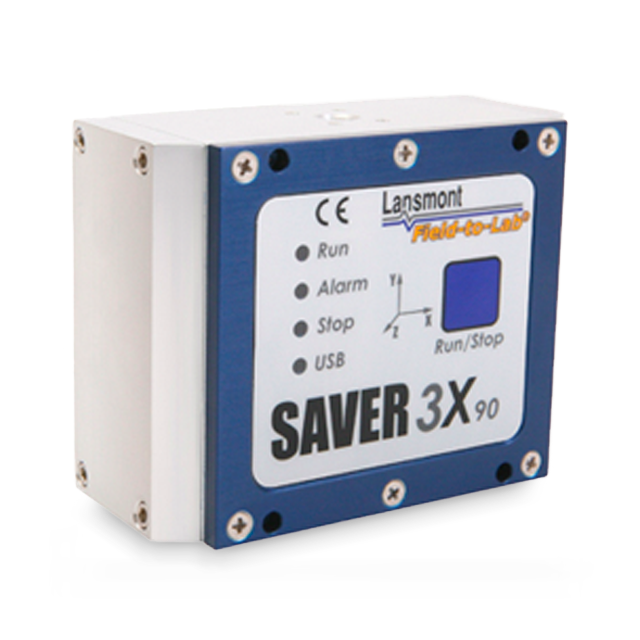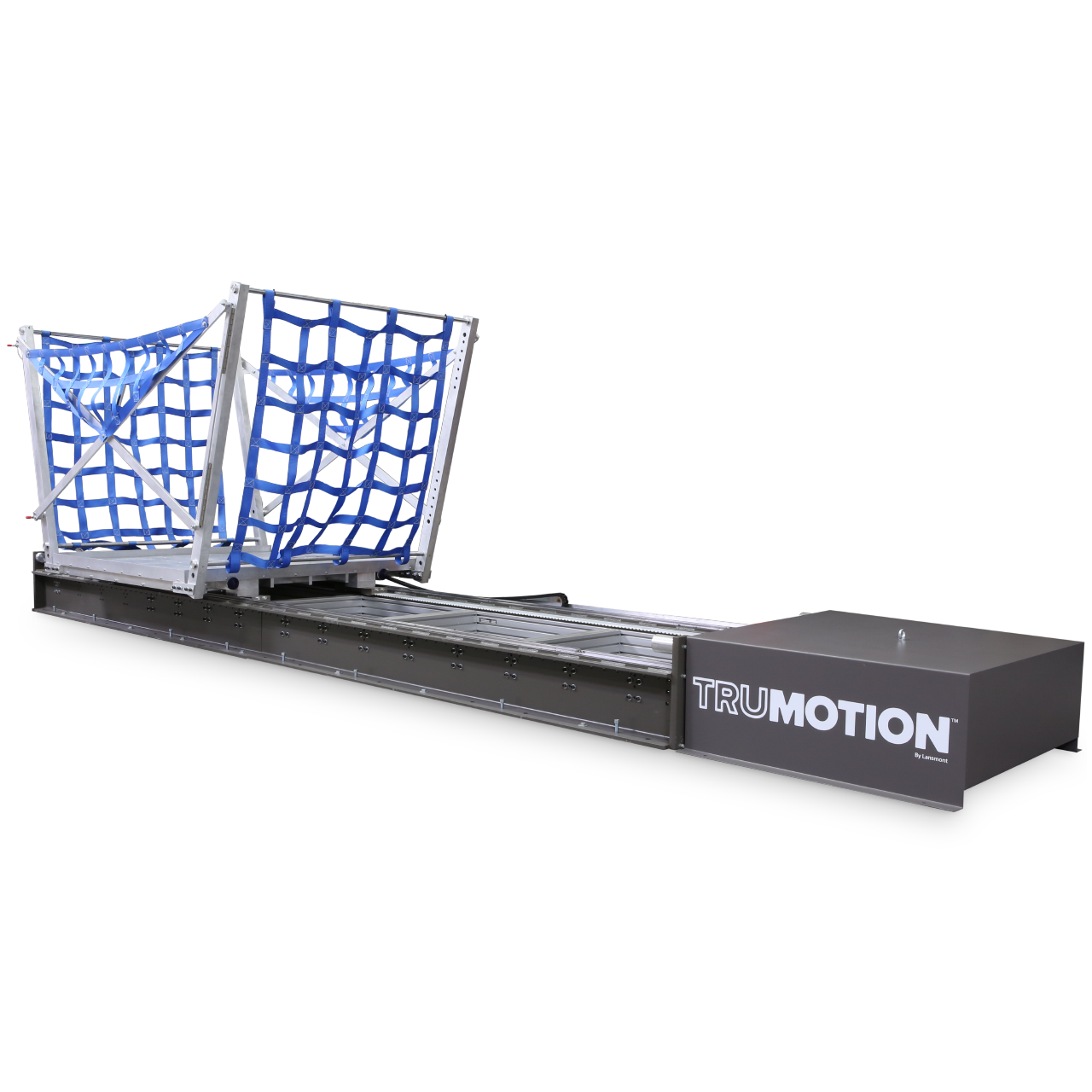Test method for load unit rigidity
This standard is a revision of EUMOS 40509:2012 adding new elements to the method of evaluating the rigidity of a load unit for more precise results. Main focus of the review defines the equipment certification to measure the rigidity of a unit load on an acceleration bench. As the original standard from 2012 it contains a detailed description of test conditions, evaluation criteria for elastic and plastic pallet load deformation as well as test certificate specifications. EUMOS 40509 is included into Annex 3 of the EU Directive 2014/47/EU on the technical roadside inspection of the roadworthiness of commercial vehicles circulating in the Union.
Source:
European Safe Logistics Association (EUMOS) - Quality Standards (eumos.eu/quality-standards)
Simulate long-duration, low-frequency input forces associated with vehicle accelerating, turning and braking
Our advanced simulation solutions help to deliver regulatory compliance by bringing true-to-life test results directly into your laboratory.
When transport vehicles accelerate, turn or brake, the resulting low-frequency accelerations can cause unit loads to shift. Due to both safety issues and potential product damage/waste, regulatory bodies are requiring testing that’s closer to reality – assuring safe and stable unit load integrity!
Lansmont’s SAVER 3D15 field instruments can characterize those events and their overall impact on unit loads.
Evaluate, simulate and optimize
- Simulate long-duration, low-frequency input forces (no impact) associated with vehicle accelerating, turning and braking.
- Challenge unit load stability and integrity, determining if they will remain unitized and stable for transport.
- Quantify peak displacement that occurs during test events, as well as permanent displacement that remains after testing.
- Meets EUMOS 40509 Requirements and FMCSA Cargo Securement Rules.
- Optional extended lengths for added performance.
- User defined acceleration vs. time test input profiles.
TruMotion™ Load Stability Test System
Acceleration and horizontal vibration
Simulate real-world transport forces with TruMotion. Test load stability and deformation with precision acceleration and vibration control.

